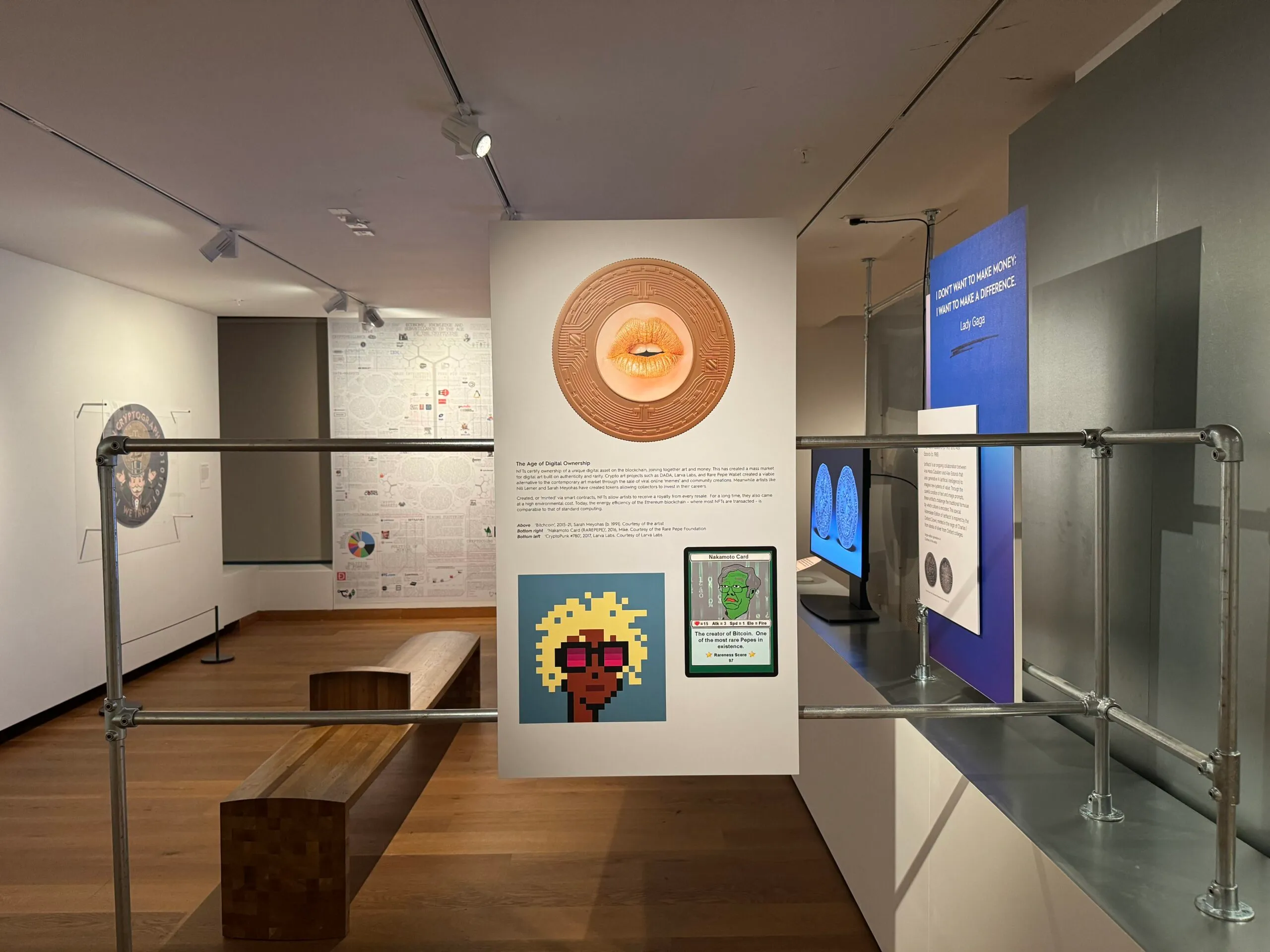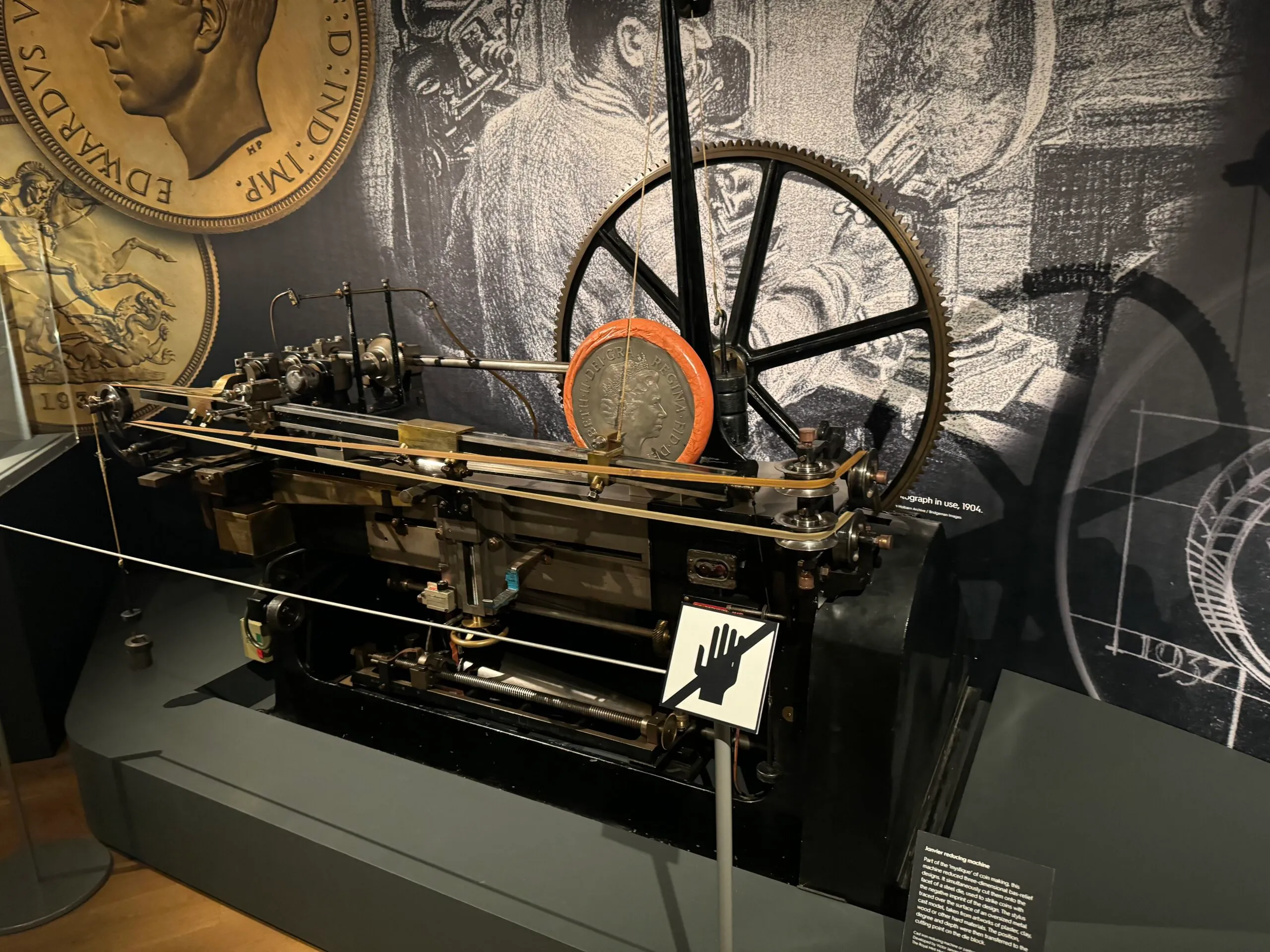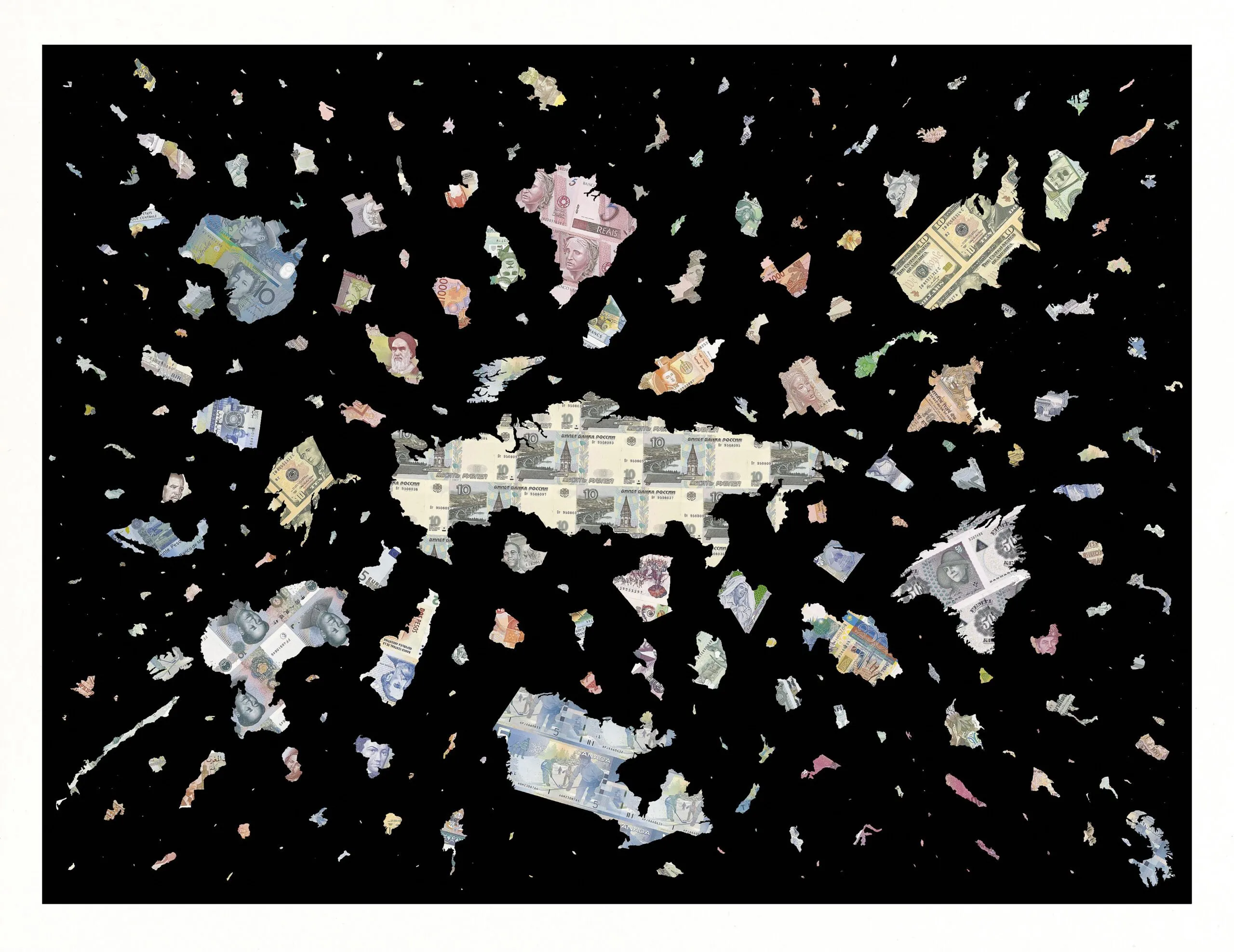
Cryptocurrency and NFTs get the last word in a new art exhibition at Oxford’s Ashmolean—Britain's first public museum, founded in the 1670s.
The museum’s ‘Money Talks: Art, Society and Power’ exhibition is about “using art as a lens for the social history of money, but also how art and money come together in different ways,” its curator Dr. Shailendra Bhandare explained.
It’s fitting, then, that the exhibition closes with examples of how digital assets are reframing the intersection of art and money, with an exhibit showcasing NFTs including CryptoPunks and Rare Pepes.
“I just could not skip this,” Bhandare said, “because if you're talking about how money talks, how art and money come together, you have to include this somehow.”

NFTs, said Bhandare, are a “very important step in what is being talked about as a financialization of art,” pointing to the novel feature of secondary market royalties and adding that he’s keen to understand how “this new medium is being embraced by artists.”
“I must confess that this was the most difficult thing for me to understand,” he said. “Having a conversation with these artists for an hour, I did my head in. I had to have a coffee afterwards, because it was really difficult to disconnect from our normal world, and to go into this meta world all the time.”

That, he joked, is why he “chose an artwork which has lots of definitions in it.” César Escudero Andaluz and Martín Nadal’s “Economy, Knowledge and Surveillance in the Age of the Cryptocene,” is a densely packed artwork that “illustrates the privatisation of information in the digital era,” complete with references to Bitcoin, Ethereum, Satoshi Nakamoto and Vitalik Buterin, among many others.
The text-heavy work effectively functions as a potted history of the decentralization movement—a whistle-stop tour through Creative Commons, the cypherpunks, proof-of-work, Silk Road and smart contracts.
Of course, as Bhandare pointed out, “It's not all hunky dory,” with plenty of artists coming out against crypto and NFTs. On that side of the fence, the exhibition includes Alexander C. Cornelius’ “In Cryptography We Trust,” satirizing Bitcoin through the character of Monopoly’s Rich Uncle Pennybags.
Of course, crypto is merely the end point of a wide-ranging exhibition exploring the history of art and money.
Kicking off with a one-two punch of Andy Warhol’s 1981 “Dollar Sign” and L.N. Tallur’s sculpture “Unicode,” the exhibition segues into an exploration of how money “begins as art,” Bhandare explained.

The art gracing coins and banknotes is translated into mass produced objects—helpfully illustrated by a Janvier reducing machine that translates oversized coin designs into the steel dies used to strike coins, alongside unused patterns for a planned run of “modern” coin designs in the short-lived reign of Edward VIII.
Elsewhere, exhibits explore Eastern traditions of calligraphy, used in place of representative artwork on coins and banknotes, alongside banknote designs by artists such as Gustav Klimt.
An extensive space is given over to differing artistic depictions of money around the world. “In Western art, money is usually depicted with its negativities,” said Bhandare, with money as “the root of all evil.” In the Eastern tradition, he said, “it’s all about the fun aspects of money—positivity, marriages, making babies, fertility, plenitude, all that.”
An exhibit on money seen through the lens of colonialism touches on subjects that will be dear to crypto enthusiasts’ hearts, highlighting the perils of inflation in Zimbabwe, and using money as a “symbolic medium to highlight European interference in African politics and economics.”

That thread comes to a head with Mansour Ciss Kanassy’s “Afro Money,” an imaginary currency that “circulates in a utopian United States of Africa,” which has also been made available as a cryptocurrency.
Elsewhere, artworks using money as a medium highlight themes including the gender pay gap and the power of celebrity. Particularly interesting is Justine Smith’s 2009 “money map” artwork “A Bigger Bang,” a response to the 2008 global financial crisis that inspired Satoshi Nakamoto to create Bitcoin.

It all culminates in the exhibition’s “Futuristic” section, exploring “all those aspects where the boundaries between art and money become very fluid, Bhandare said—like generative AI NFT artwork "artifacts," by Ana Maria Caballero and Alex Estorick, which reinterprets the Ashmolean's own Oxford Crown coin to "challenge the traditional formulae by which culture is encoded."
"Art is money. Money is art," said Bhandare—and, appropriately enough, the exhibition has visitors exit through the gift shop, where postcards of CryptoPunks and Rare Pepes can be purchased for a reasonable couple of quid a pop.
Money Talks: Art, Society and Power’ runs at the Ashmolean Museum, Oxford from August 9, 2024 to January 5, 2025.